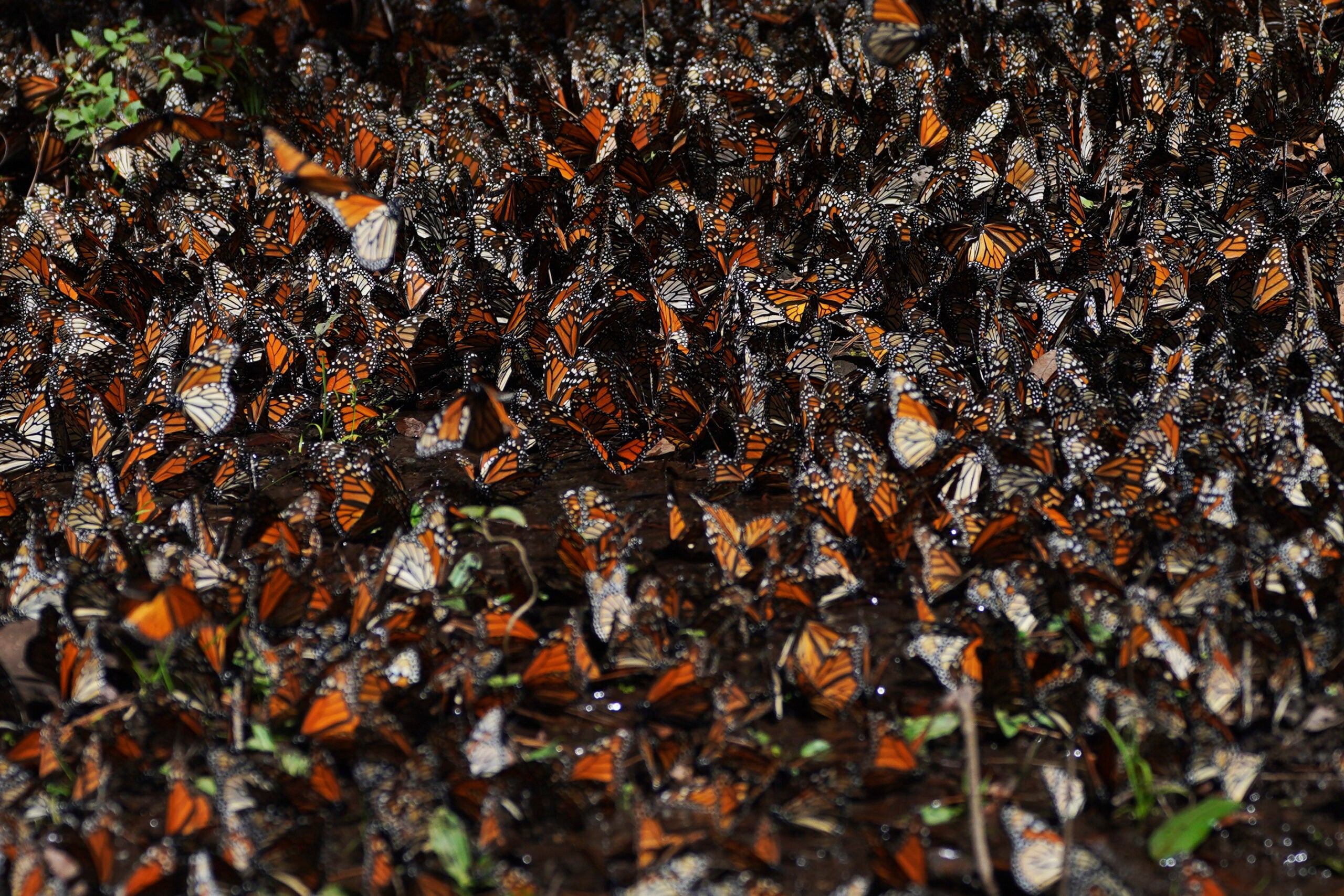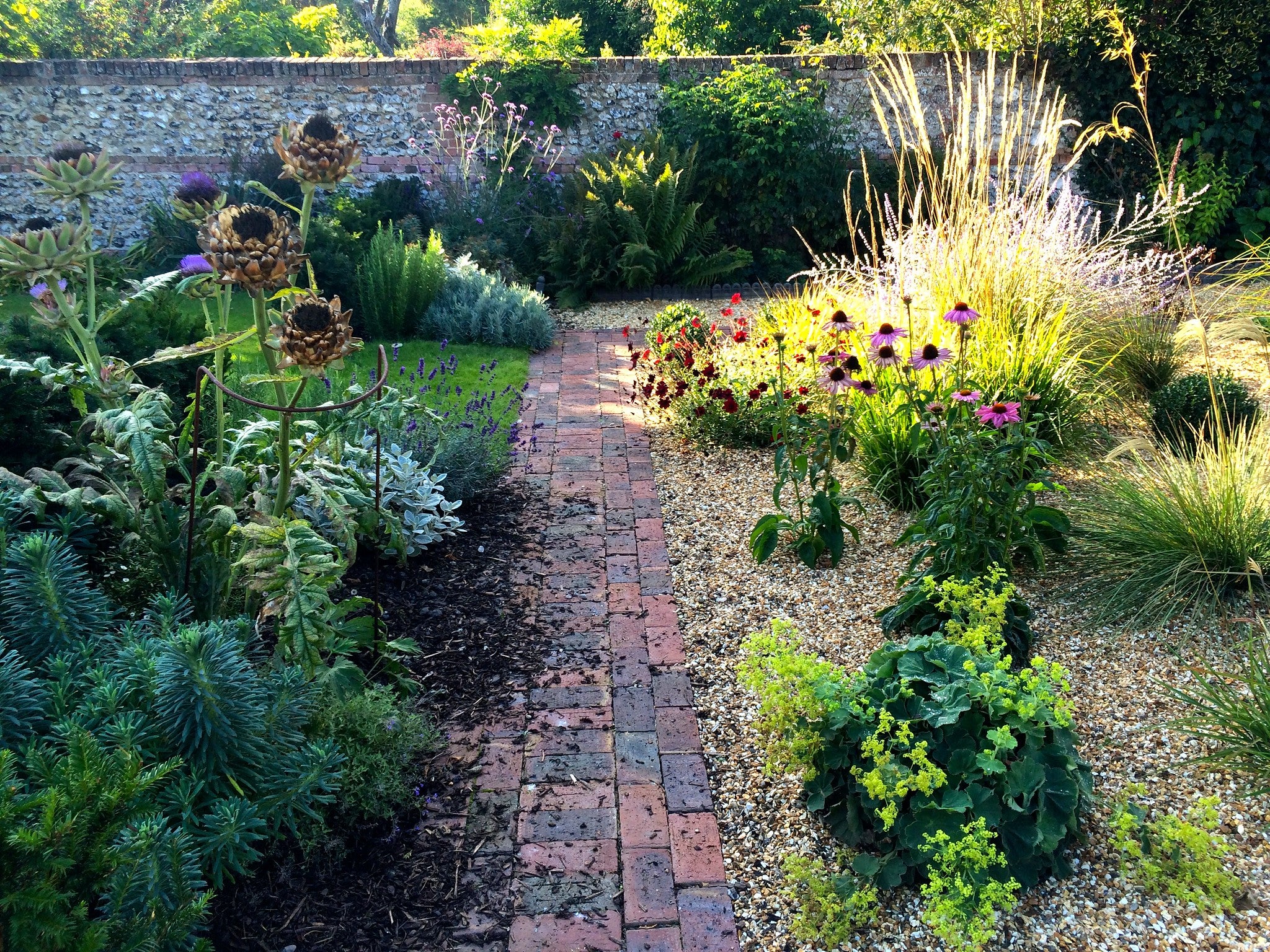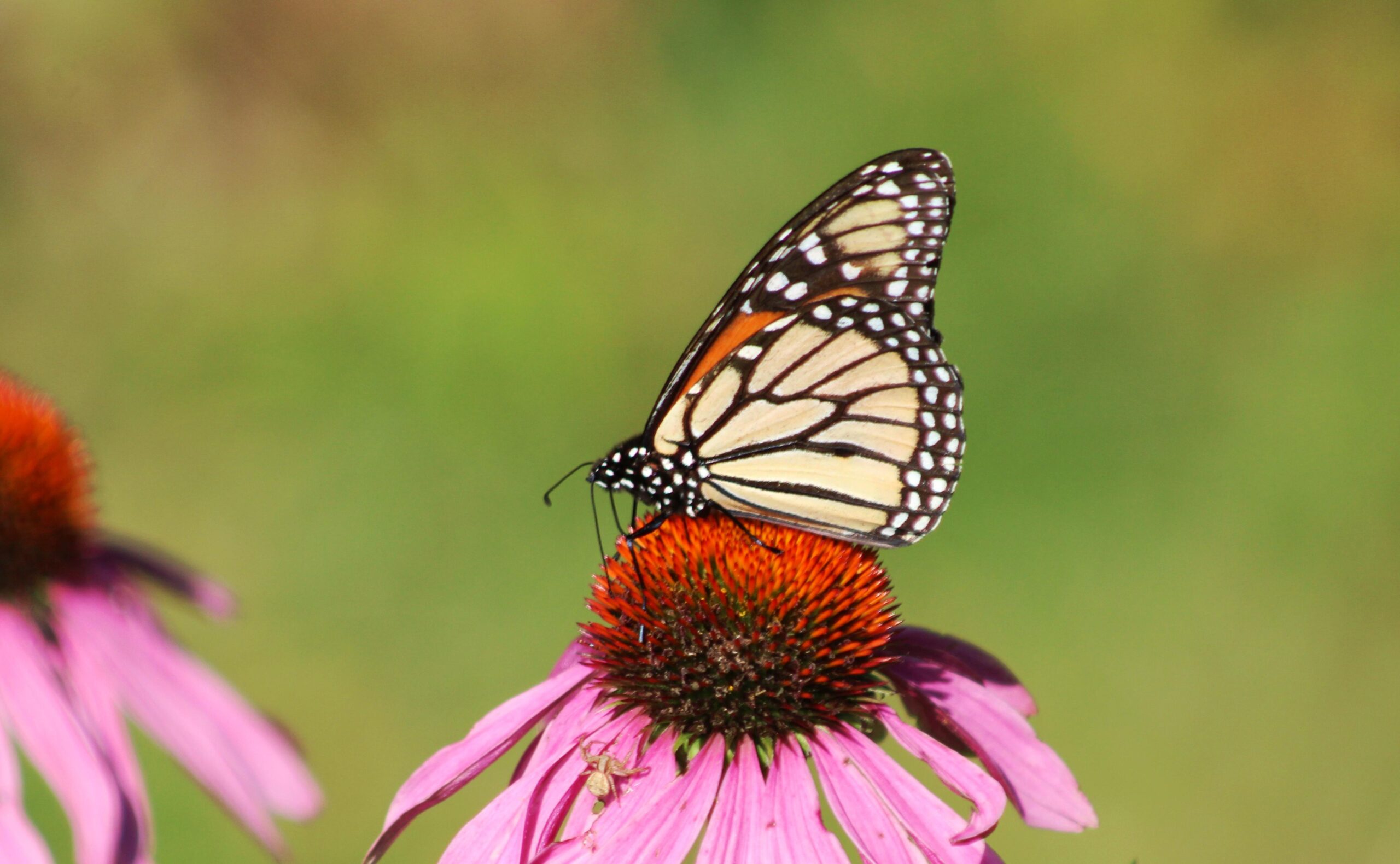Larry Meiller finds out about this year’s monarch butterfly population, when we will be free of yellowjackets, and what insects may be trying to come indoors.
Featured in this Show
-
Wisconsin’s Monarch Butterflies Show Signs Of Recovery, Entomologist Says
There has been increasing awareness and concern about monarch butterflies, but acording to entomologist Phil Pellitteri, there is cause for guarded optimism — at least in Wisconsin.
“It’s only a small piece of the puzzle, but I think I have definitely seen more monarchs both earlier this season,” Pellitteri said, “and now that we’re going through the migratory phase, congregations of monarchs.”
He added that others have reported similar observations to him. Pellitteri said that last year, the first noticeable monarchs weren’t until June and that by September, there were none to be seen. By contrast, he said, “I was out for a walk the other day and there was this little established prairie area, about the size of this room, and there must have been 25 monarchs sitting there, resting.”
He said he hasn’t seen a cluster like that in several years. While it is anecdotal, Pellitteri does see it as a good sign.
“I am slightly optimistic,” he said.
Pellitteri cautioned that an overall improvement in the status of monarchs is far from assured.
“We are seeing higher numbers in Wisconsin, definitely, than we have in the last three or four years,” he said, “but unfortunately, it’s a much bigger picture than that.”
That bigger picture includes how successful the migration is, and how many monarchs arrive in their wintering grounds in the mountains north of Mexico City.
“Until we see what the densities are like, we won’t know what kind of recovery, if any, is going on,” he said.
The monarch migration begins at the end of August, and continues as long as the weather allows.
Prospects for the long-term recovery of the monarchs depend on many factors, according to Pellitteri. Weather patterns certain impact them, both in their summer habitats, as Wisconsin’s drought of 2012 showed, and what weather they encounter during their migration.
The loss of milkweed over the past decades is also of concern because the monarch larvae feed exclusively on that plant. Pellitteri said that the broad use of herbicides and the loss of natural habitat in general account for much of that decline.
Pellitteri said that he has noticed awareness of the monarchs’ plight growing, and as a result, more people planting milkweed to support the population. He said that it can be discouraging if there are milkweed plants but no monarch activity. But he also cautioned people not to give up.
“Even if you put the milkweed out, it doesn’t necessarily mean that you’re going to get them coming through,” he said. “But without the milkweed, we know they’re in trouble. So, it’s a very good thought.”
For more information on helping the monarch population, visit the Monarch Watch website.
Episode Credits
- Larry Meiller Host
- Judith Siers-Poisson Producer
- Phil Pellitteri Guest
Wisconsin Public Radio, © Copyright 2024, Board of Regents of the University of Wisconsin System and Wisconsin Educational Communications Board.



